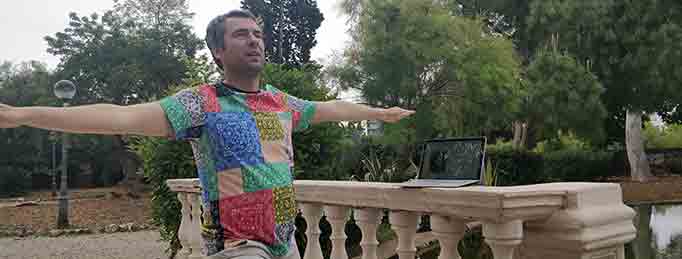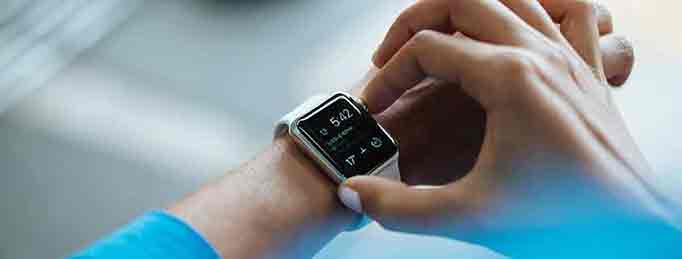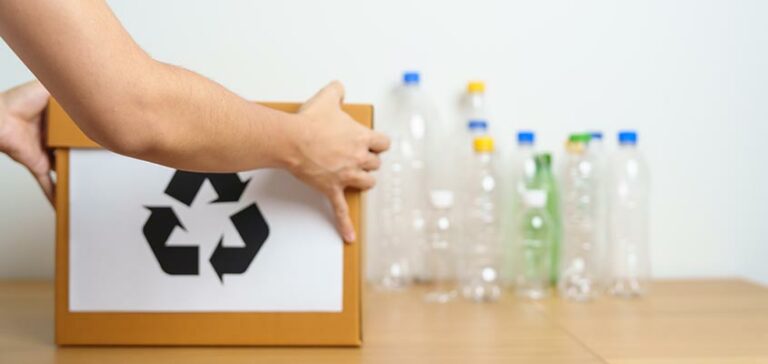HOW DOES BLUE LED LIGHT AFFECT HEALTH?
October 22, 2018. In “Economíadehoy.es”. You can read the article below.

THE EU CARES MORE ABOUT ENERGY EFFICIENCY THAN ABOUT OUR HEALTH
According to Carles Surià, an engineer and expert in toxic measurements, the European Union banned incandescent bulbs and recently halogen bulbs without taking into account the effects that current LED lighting has on people’s health.
Are we aware of how artificial lighting affects us on a daily basis, and of the effects of blue and red light? Energy saving control and other economic policies have neglected the well-being and health of society.
An example of this is the recent ban on the distribution of halogen bulbs (1/9/2018), and years ago that of incandescent bulbs (1/9/2007), by the European Union, giving way to LED lighting, of which most people are unaware of its health effects. According to Carles Surià, an engineer and expert in toxic measurements, “the interests of the EU go in other directions. It cares more about energy efficiency than about our health. As the expert points out, LED light has a non-ideal light spectrum (unbalanced vision of the full range of colors) and generates electromagnetic waves, which makes it difficult to identify colors and increases stress. However, incandescent or halogen lamps generated a full spectrum of light and did not emit electromagnetic waves.
This is reflected in everyday life. For example, in workplaces and schools there is often artificial lighting from early morning until late afternoon with a high concentration of blue light produced by LED light, which stimulates adrenaline. All this exposure time delays melatonin production and causes both young and old to be more upset than they should be. “In nature, illumination evolves continuously throughout the day. The first rays have a higher proportion of blue and the last ones give us a reddish light. Our circadian rhythm is adapted to this daily evolution of light and its alteration causes cardiovascular disorders, sleep and gastrointestinal problems, among other effects, according to scientific literature.
Faced with this problem, the expert proposes focus on the human being and put economic policies in the background: “We must imitate nature. The future of lighting lies in achieving the perfect imitation of natural lighting, because it is the rhythm of nature that will achieve the best performance for people”. Fortunately, LED is a technology with great potential for development, which will allow us to move towards a healthier solution.
Very soon, lighting projects will become human-centric (under the already well-known Human Centric Lighting concept) and will aim to optimize aspects of human behaviour, a reality very different from what is currently found in many offices and schools. “When we wake up in the morning, the light in the bedroom will have a higher proportion of blue, which will increase adrenaline and activate us. Then, in the office or at school, the proportion of blue will decrease as the day progresses, to avoid an excess of adrenaline. This way there will be fewer upset workers and fewer overexcited children. And in the evening, at home, the light will have a greater red component, stimulating the production of melatonin so that we can sleep more relaxed,” he concludes.




